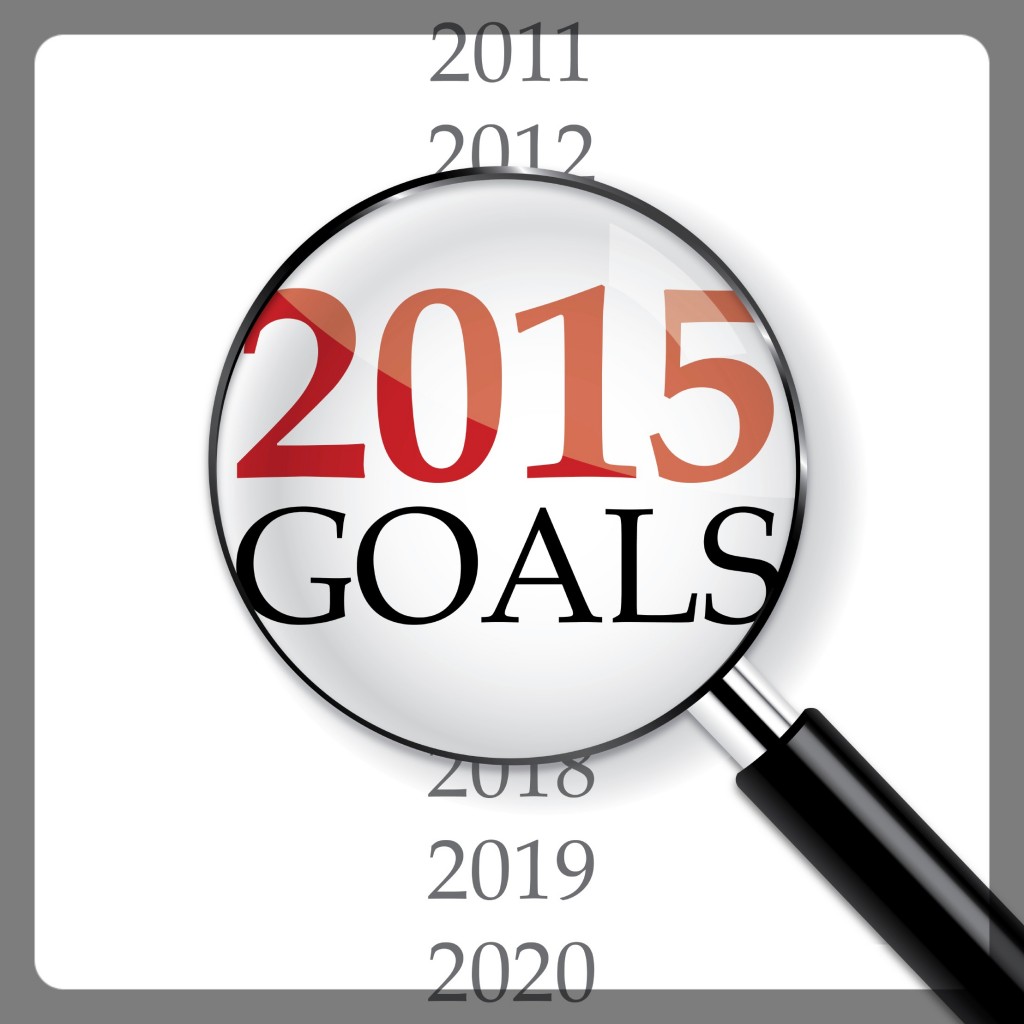 Now that we have a clear understanding of what our goals are, it’s time to set a plan of action to attain them. Often times, once someone’s clarified their goals, it becomes apparent that there is a huge chasm between where they are and where they want to be. And that’s OK.
Now that we have a clear understanding of what our goals are, it’s time to set a plan of action to attain them. Often times, once someone’s clarified their goals, it becomes apparent that there is a huge chasm between where they are and where they want to be. And that’s OK.
Bite-sized Steps
The problem arises when we start to look at leaping across this chasm in one fell swoop — which is typically impossible, unless your goal is very small. Instead, let’s look at breaking down your goal attainment into bite-sized steps that will have you consistently moving forward without getting frustrated.
What we’re really talking about is keeping each step in the process manageable. Sure, outside forces may cause obstacles, setbacks and frustration. But setting steps that are manageable helps diminish these things.
Let’s be clear about something before we move forward. Manageable does not mean comfortable, so don’t be surprised if your bite-sized steps make you feel uneasy. Discomfort is not necessarily an indication that you’re trying to do too much, it just means you’ve left your comfort zone — which is good. This is the only way you will fulfill your potential in life. The key ingredient here is to give yourself a step-by-step plan of action that you can handle. If it turns out to be too much, or too little, make the necessary adjustments.
Everybody has different limits, so don’t get caught up in comparing yourself to others. Instead, learn what works for you and what doesn’t, and do your best every day. Remember, most people can’t eat an entire pizza in one bite. We all eat pizza by the slice, one bite at a time — but we all take different sized bites, right?
How to Create a Step-by-Step Plan of Action
Although everybody’s plan is different, there are some high-level strategies everybody can do to get a clear plan in place. We learned these strategies from a man named Zig Ziglar, and they work whether you’re looking to reduce neck and shoulder pain, create an incredibly supportive pillow, or grow your business. Mr. Ziglar was an expert on goals, and this process has worked for thousands of people.
Here’s what you’ll need to do:
- First, identify EXACTLY what you desire. We talked about this in Part 3 of this series.
- Spell out the exact reason(s) why you’d like to reach these goals. In other words what’s driving you to accomplish them?
- Identify the obstacles you need to overcome in order to get there. These can include actual current obstacles, as well as potential obstacles that may arise.
- Identify the people, groups and organizations you need to work with to get there. For example, do you need to go back to school, or join local networking groups? Or maybe you just need to find a good physical therapist?
- Identify what you need to know (learn) in order to reach these goals.
- Once you have steps 1 through 5 answered, write down your plan of action. First do it on a global level (the big steps), then begin to break down each big step into several bite-sized steps. This is your road map, and no detial is too small.
- Finally, set a date on it. When do you expect to get there? If you don’t set a date, you will be in a perpetual state of limbo with no actual deadline (people respond to deadlines)!
Create Mantras & Remain Mindful
Creating a short mantra for each of your goals is a good way to remain mindful of them. The more mindful you are about something, the more likely you are to act in alignment with what you are thinking about.
For instance, something as simple as, “I wake up free of any and all neck pain,” can be a great catalyst to actually manifesting this reality. What do you need to do for this to actually happen? Get a better pillow or mattress? Exercise more, or possibly less? Get more massage?
The Goal of Better Sleep
So how do we set a step-by-step plan of action into place for better sleep? Although a lot of it can be trial and error, following the suggestions in our article, Five Tips for a Better Night’s Sleep is a good place to start. We also have articles that address Managing Stress for Better Sleep, and Regulating Your Sleep/Wake Cycle for Better Sleep. Sometimes, simple changes can make a world of difference. Of course, speaking with your healthcare professional is also a good idea if you’re experiencing chronic sleep issues.
Thank you for visiting Natural Comfort Pillow! We wish you the best in setting your step-by-step plan of action and attaining your goals.
You may also like:
The Connection between Goals & Sleep, Part 1: How to Sleep Better
The Connection Between Goals & Better Sleep, Part 2: Discovering Your Goals
The Connection Between Goals & Better Sleep, Part 3: Clearly Defining Your Goals





